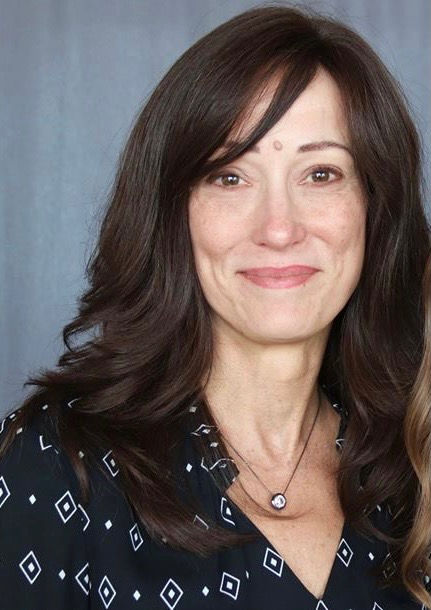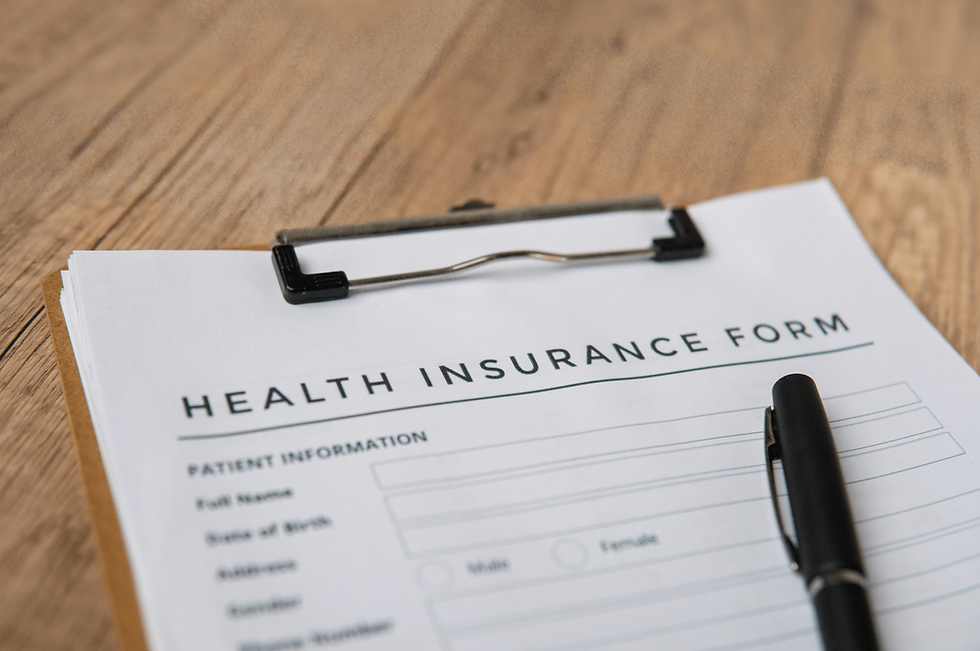How to Recognize Bipolar Symptoms and Find Bipolar Disorder Treatment
- WPA Therapy

- Apr 4, 2022
- 4 min read
Updated: Apr 19, 2022

If you or someone you know has bipolar symptoms or has been diagnosed with bipolar disorder, you may be wondering how to find more information about bipolar disorder treatment. Many people might think that medication for bipolar disorder is the only reliable treatment method, but there are actually a number of different therapies that can be beneficial in managing bipolar symptoms.
If you or someone you know has recently been diagnosed with bipolar disorder, or if you suspect your loved one may be showing bipolar symptoms, this article will give you more information on how to identify bipolar symptoms and find bipolar disorder treatment options near you.
An Overview of Bipolar Symptoms
Bipolar disorder is a mental health condition that impacts a person’s mood and behavior. Bipolar is classified as a mood disorder, which makes it quite similar to other mental health conditions like depression, which is also a mood disorder.
The most common bipolar symptoms are changes and fluctuations in a person’s mood. People with bipolar disorder experience alternating periods of depression and mania, which are often called “manic episodes'' and “depressive episodes.”
During a manic episode, someone might experience these bipolar symptoms:
Increased energy or feeling “wired”
Decreased need for sleep
Racing thoughts
Increased talkativeness
Disproportionate self-confidence and euphoria
Increased risky behavior
During a depressive episode, someone might experience these bipolar symptoms:
Sadness or low mood
Feelings of low self-worth or hopelessness
Changes in sleep, either sleeping too much or feeling unable to fall asleep
Loss of energy
Trouble concentrating
Thoughts of suicide
If you or someone you know is experiencing thoughts of suicide, please reach out to the National Suicide Prevention Lifeline at: 800-273-8255.
Types of Bipolar Disorder: Bipolar 1 vs. Bipolar 2
Within the scope of bipolar disorder, there are two primary subtypes: bipolar 1 and bipolar 2. These two different types of bipolar disorder are quite similar, but they have a few important differences.
The biggest difference is that they differ in the degree and types of mood shifts experienced by the person with bipolar disorder:
With bipolar 1, a person will experience alternating periods of severe episodes of mania and depression.
With bipolar 2, manic episodes are still present but tend to be much less severe - which is sometimes called “hypomania” - alternating with bouts of severe depression.
There is also a third subtype of bipolar disorder called cyclothymic disorder. Someone with cyclothymic disorder experiences shorter, less severe periods of hypomania and brief periods of depression. These periods of shifts in mood tend to be less extensive and less severe.
Bipolar Disorder in Teens and Children
Bipolar disorder in teens is a bit different than in adults. In fact, it’s not unusual for someone to receive a bipolar diagnosis in their teens or early 20s. While much less common, it’s also possible for younger children to be diagnosed with early-onset bipolar disorder.
Fortunately, as with bipolar in adults, bipolar disorder in teens and children is highly treatable. While there is no singular cure for bipolar disorder, there are many bipolar disorder treatment options available. Some providers might recommend a combination of therapy and medication for bipolar disorder treatment.
Most Common Bipolar Disorder Treatment Options
There are many high-quality bipolar disorder treatment options available beyond just medication for bipolar disorder. While medication may be right for some, some medications can come with challenging side effects.
Research shows that adding therapy to a bipolar disorder treatment plan can have an even greater impact than medication alone. Some common therapeutic techniques used to treat bipolar disorder include:
Cognitive Behavioral Therapy - Cognitive Behavioral Therapy, or CBT, is a therapeutic technique that helps re-work the relationship between your cognitions (aka thoughts) and your behavior. CBT is a therapy that has a strong evidence base and has been used to treat mood disorders for many years. Researchers have found that CBT is an effective bipolar disorder treatment option, whether on its own or in conjunction with medication.
Dialectical Behavioral Therapy - Dialectical Behavioral Therapy, or DBT, is closely related to CBT, but has a stronger focus on emotions. DBT can help you to build skills like mindfulness, distress tolerance, and emotion regulation. DBT can be used while working one-on-one with a therapist or in group therapy. Research has shown that DBT can help increase coping skills and psychological well-being for people with bipolar disorder. DBT is also an impactful treatment for bipolar disorder in teens, with one study finding that DBT reduced depressive symptoms and suicidal thoughts in teens with bipolar disorder.
Family-Focused Therapy - As you might guess based on the name, Family-Focused Therapy, or FFT, takes the whole family into account when treating bipolar disorder. In fact, FFT was developed specifically to help treat bipolar disorder, with the belief that bipolar disorder impacts not just the individual with the diagnosis, but the whole family system. FFT involves three main components: psychoeducation, communication skill-building, and problem-solving. FFT has been well-researched over the last several decades and has shown many positive impacts for people with bipolar disorder and their families.
Interpersonal Social Rhythm Therapy - Also known as IPSRT, Interpersonal Social Rhythm Therapy is a form of bipolar disorder treatment that focuses on daily rhythms and routines as a means to treat bipolar disorder. IPSRT also aims to improve interpersonal relationships, which can sometimes become strained for people with bipolar disorder. IPSRT is a successful, evidence-based bipolar disorder treatment option. IPSRT has also been successfully adapted to treat bipolar disorder in teens.
A licensed therapist can help identify what therapeutic option will work best for you. Our specialists are trained in all of these techniques and more. Contact us to connect and learn more about how these treatment options might be right for you.
How to Find the Right Bipolar Disorder Treatment For You
Many people with bipolar disorder describe feeling like they’re living on an emotional roller coaster, with many unpredictable ups and downs. This can create challenges for loved ones and caregivers of people with bipolar disorder as well.
There is help available. Reach out to us to connect with our therapists who specialize in working with children, teens, and adults with bipolar disorder.
Schedule an Appointment With Me
Amy Schlonski
Licensed Clinical Social Worker (LCSW)




